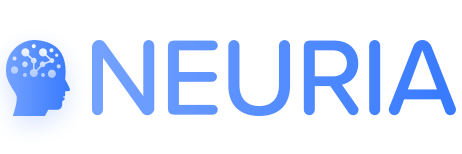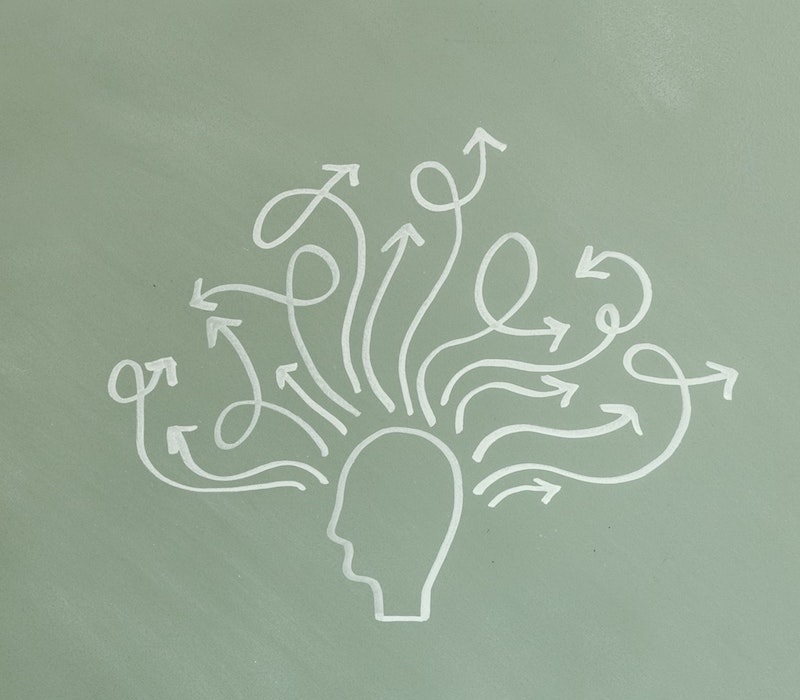Aphasia is a neurological disorder wherein the person has trouble speaking and even understanding what others say. It is caused because of damage in a part of the brain and also in conditions that disrupt the normal functioning of the brain. The most common cause of aphasia is a stroke but it can also be cause by a head injury, infection, brain tumor or progressive neurological disease like dementia.1
According to the National Aphasia Association around 2 million people in the United States are affected by Aphasia. But many Americans, almost 84.5% haven’t even heard of aphasia.2
Causes
Aphasia is caused by damage to the brain in one or two language areas. The usual culprit is a stroke which occurs when blood clot or a leaking or burst vessel cuts off blood flow to parts of the brain. Aphasia is usually common in older adults but it can afflict younger people as well.
Symptoms
Major symptoms of aphasia are:
- Speaking in short and incomplete sentences
- Speaking things which doesn’t make sense
- Substituting one sound for another and one word for another
- Speaking unrecognizable words
- Not understanding people’s conversations
- Struggling to find the right term or words
- Writing sentences that doesn’t make sense3
Types of Aphasia
There are two main types of aphasia, fluent and non-fluent. In fluent aphasia a person can produced connected speech with intact sentence structure but their sentences lack meaning.
Fluent aphasia syndromes are:
Wernicke’s aphasia – People suffering from Wernicke’s aphasia are able to speak but what they say is confusing or doesn’t make sense. They are unable to understand what others are saying and struggle to repeat what is said to them. These patients may suffer from vision problems and anosognosia which means their brain cannot recognise or process signs of a medical problem.
Transcortical sensory aphasia – It is less severe than Wernicke’s aphasia where people are able to repeat what is said to them. It is commonly associated with Alzheimer’s disease.
Conduction aphasia – In this type of aphasia, fluency of communication is affected but not the understanding.
Anomic aphasia – In this type of aphasia, people struggle to find words, especially names of objects or words that describe action.4
Non-fluent aphasia – is the one when the person struggles with his speech and requires a lot of effort to produce sounds or words.5
Broca’s aphasia – People suffering from Broca’s aphasia struggle in their ability to speak such as to form words, so repeat words or simple phrases. However, they understand what people speak. Often, these patients have paralysis in one side of the body.
Transcortical motor aphasia – This type of aphasia is similar to Broca’s but they don’t have a problem repeating what is said to them.
Mixed transcortical aphasia – This type of aphasia is similar to global aphasia; the only difference being people can repeat what is said to them.
Global aphasia – It is the most severe form of aphasia and is accompanied with loss of fluency, problems with understanding, struggle with repetition of words or phrases.
Diagnosis and treatment
Aphasia is usually discovered when the physician treats a brain injury. A magnetic resonance imaging (MRI) or computed tomography (CT) scan to confirm a brain injury and identify it. Additional indicators are visible when the person’s ability to understand and produce language is gauged such as following commands, answering questions, naming objects and carrying on conversations. If there is any indication, the person is further referred to a speech-language pathologist, who performs a comprehensive examination of the person’s communication abilities which involves ability to speak, express ideas, converse socially, understand language and reading and writing in a detailed manner.6
Therapy for aphasia involves treating the underlying cause which is communication abilities. So, it involves improving the person’s communication abilities by helping them use their existing language abilities and restore language abilities as far as possible. Other ways of communicating are also taught such as gestures, pictures or use of electronic devices. Here again, there is group therapy as well as individual therapy. While individual therapy focusses on specific needs of the person, group therapy involves using new communication skills in a small group setting.
New tools for aphasia patients are available because of new technologies such as a computer can be used by virtual speech pathologists to provide patients the flexibility and convenience of getting therapy at their home. An alternative way of communicating for people with spoken language is the use of speech-generating applications on mobile devices like tablets.
A great way to help aphasia patients regain their confidence and social self-esteem apart from improving their communication skills is participating in activities such as book clubs, technology groups, art and drama clubs.
Referencias:
1. How aphasia affects communication and quality of life (msn.com)
2. Aphasia Awareness Month | Speech & Hearing Sciences (washington.edu)
3. Aphasia – Symptoms and causes – Mayo Clinic
4. Aphasia: Types, Causes, Symptoms & Treatment (clevelandclinic.org)
5. Aphasia: Relatively Unknown but Common (lelezard.com)
6. What Is Aphasia? — Types, Causes and Treatment (nih.gov)

